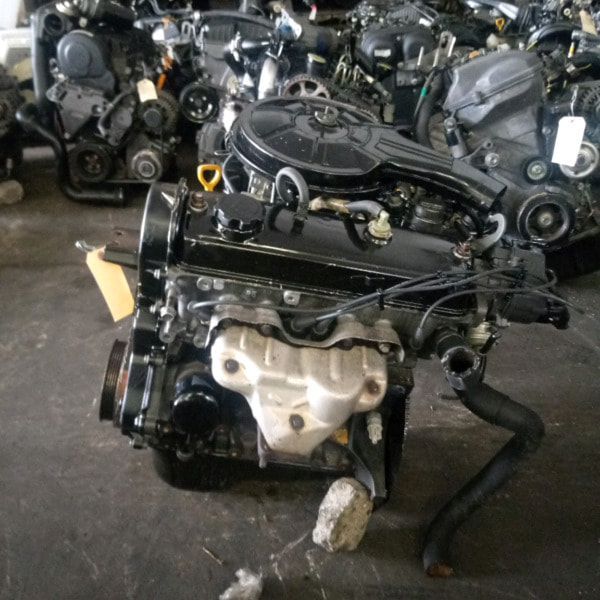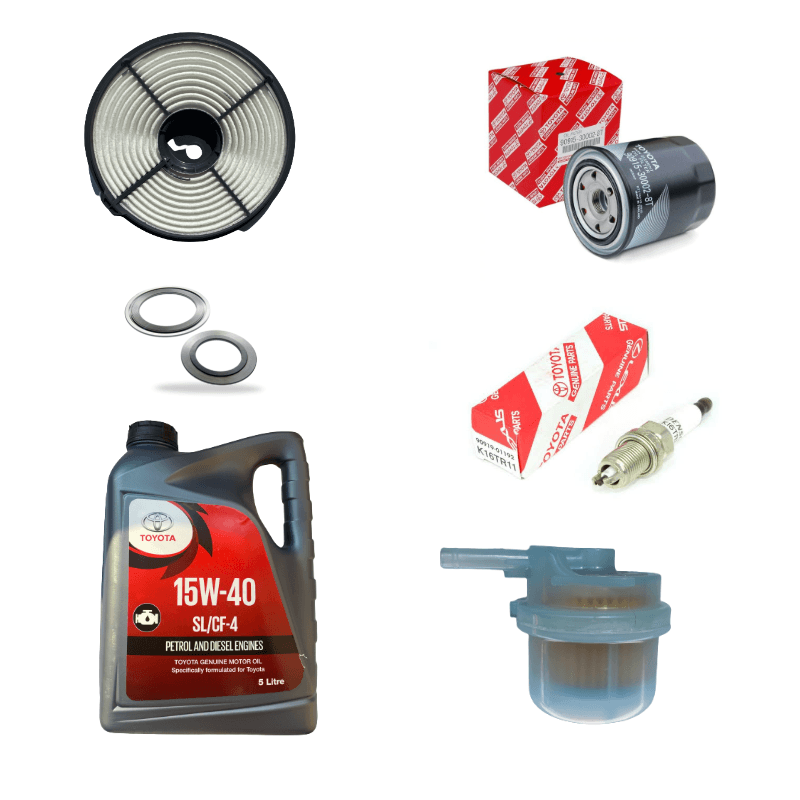Check Out the most up to date Fads in Engine Technology Through Tazz
In the swiftly advancing landscape of vehicle innovation, Tazz stands at the forefront, highlighting significant innovations in engine systems that focus on both development and sustainability. From hybrid engines that maximize gas efficiency to the emergence of hydrogen gas cells, the patterns shaping modern-day powertrains are not only boosting efficiency but additionally addressing essential ecological challenges.
Crossbreed Engine Innovations
Hybrid engine innovations stand for a critical change in automobile technology, integrating the benefits of inner combustion engines with electrical propulsion systems. This integration not just enhances gas efficiency yet also lowers discharges, conference increasingly rigid environmental guidelines. By utilizing both power resources, hybrid engines can enhance efficiency, delivering power when required while preserving fuel throughout less demanding motoring conditions.
Recent innovations in hybrid innovation consist of improvements in battery effectiveness and regenerative stopping systems. These developments permit for greater energy healing throughout deceleration, which can be redirected to aid in velocity or power auxiliary systems. Manufacturers are focusing on portable designs and lightweight materials to take full advantage of the performance of crossbreed powertrains.
The growth of plug-in crossbreeds has also expanded the market, allowing motorists to bill their automobiles making use of typical electric outlets. This feature often permits significant all-electric range, further decreasing dependence on conventional fuels. tazz. As the automotive industry continues to evolve, hybrid engine technologies are expected to play a crucial role in bridging the void in between standard automobiles and completely electric models, providing a transitional solution that deals with varied customer requirements and preferences
Advancements in Electric Powertrains
The automobile landscape is rapidly advancing, with electrical powertrains emerging as a leading pressure in lasting transportation. Advances in electrical automobile (EV) technology are significantly boosting efficiency, efficiency, and user experience. Secret innovations consist of enhancements in battery chemistry, which have actually boosted energy thickness, reduced billing times, and extended total battery life.
Solid-state batteries, for instance, assure to transform the marketplace by supplying better security and efficiency compared to typical lithium-ion cells. Improvements in regenerative stopping systems are allowing lorries to recover energy throughout slowdown, contributing to general performance.
Along with battery innovation, electrical motor designs are ending up being a lot more sophisticated. Developments such as incorporated electric motors and progressed thermal management systems are helping to enhance power distribution and reduce weight, ultimately improving automobile characteristics.

Collectively, these advances emphasize the dedication to change in the direction of cleaner, a lot more effective transportation solutions, positioning electrical powertrains at the leading edge of vehicle advancement.
The Rise of Hydrogen Fuel Cells
Significantly, hydrogen gas cells are getting traction as a viable choice to typical interior combustion engines and battery electrical automobiles. This innovation utilizes the chemical power saved in hydrogen, converting it into power with an electrochemical reaction with oxygen. The key by-product of this process is water, making hydrogen gas cells an eco-friendly alternative with no emissions at the tailpipe.

Automakers are progressively spending in hydrogen gas cell modern technology, recognizing its capacity for this contact form long-range applications and fast refueling capacities that measure up to conventional fuels. In addition, sectors such as durable transportation and public transit are especially fit for hydrogen gas cells, where battery electrical remedies might drop short due to weight and range limitations.
As research and investment continue to expand, hydrogen fuel cells are poised to play a significant role in the future landscape of clean transport and power remedies.
Enhancements in Internal Burning Engines
Technologies in interior combustion engine (ICE) modern technology are changing conventional vehicles to fulfill contemporary environmental criteria and performance assumptions. Direct gas shot, for instance, enables for better atomization of gas, leading to more full burning and official website enhanced power outcome.
Additionally, turbocharging has actually acquired prestige, enabling smaller sized engines to provide greater performance without the weight of bigger engines - tazz. This innovation not just increases efficiency however also adds to decrease fuel intake. Variable valve timing systems are additionally being refined, making it possible for engines to adapt to different driving problems for enhanced torque and responsiveness
In addition, using light-weight materials in engine building is coming to be conventional, more enhancing gas performance by minimizing total car weight. Engine control systems (ECUs) are significantly sophisticated, allowing real-time changes that optimize efficiency and exhausts.
These enhancements collectively symbolize a crucial shift in ICE innovation, straightening with international sustainability goals while still offering the efficiency vehicle drivers anticipate from their cars. As the market progresses, these renovations continue to shape the future of standard vehicle design.
Future Fads in Engine Efficiency
Considerable improvements in engine performance are prepared for as manufacturers focus on integrating innovative innovations to satisfy rigorous ecological laws and customer needs. The change in the direction of electrification, crossbreed systems, and different gas is improving the vehicle landscape, driving technologies that boost gas economic situation and lower exhausts.
Among the vital fads is the application of sophisticated materials and producing methods. Lightweight composites and high-strength alloys add to decreased car weight, thus improving total efficiency. Additionally, the fostering of turbocharging and variable shutoff timing innovations enables for improved power result from smaller sized engines, even more enhancing gas economic situation.

Verdict
Developments in hybrid engine systems, electrical powertrains, and hydrogen gas cells show a dedication to lowering emissions while enhancing performance. Enhancements in interior burning engines and an emphasis on light-weight products add to total engine performance.
From crossbreed engines that maximize gas performance to the emergence of hydrogen fuel cells, the trends shaping modern powertrains are not only enhancing efficiency yet additionally addressing crucial environmental challenges.Hybrid engine innovations stand for a crucial change in auto modern technology, incorporating the advantages of interior combustion engines with electric propulsion systems.Additionally, turbocharging has actually obtained prestige, enabling smaller engines to deliver greater efficiency without the weight of bigger engines. Furthermore, the adoption of turbocharging and variable shutoff timing modern technologies enables for improved power output from smaller sized engines, additionally improving fuel economic situation.
Renovations in interior combustion engines official website and an emphasis on light-weight materials add to general engine effectiveness.
Comments on “Toyota Tazz: A Comprehensive Review of Performance and Comfort”